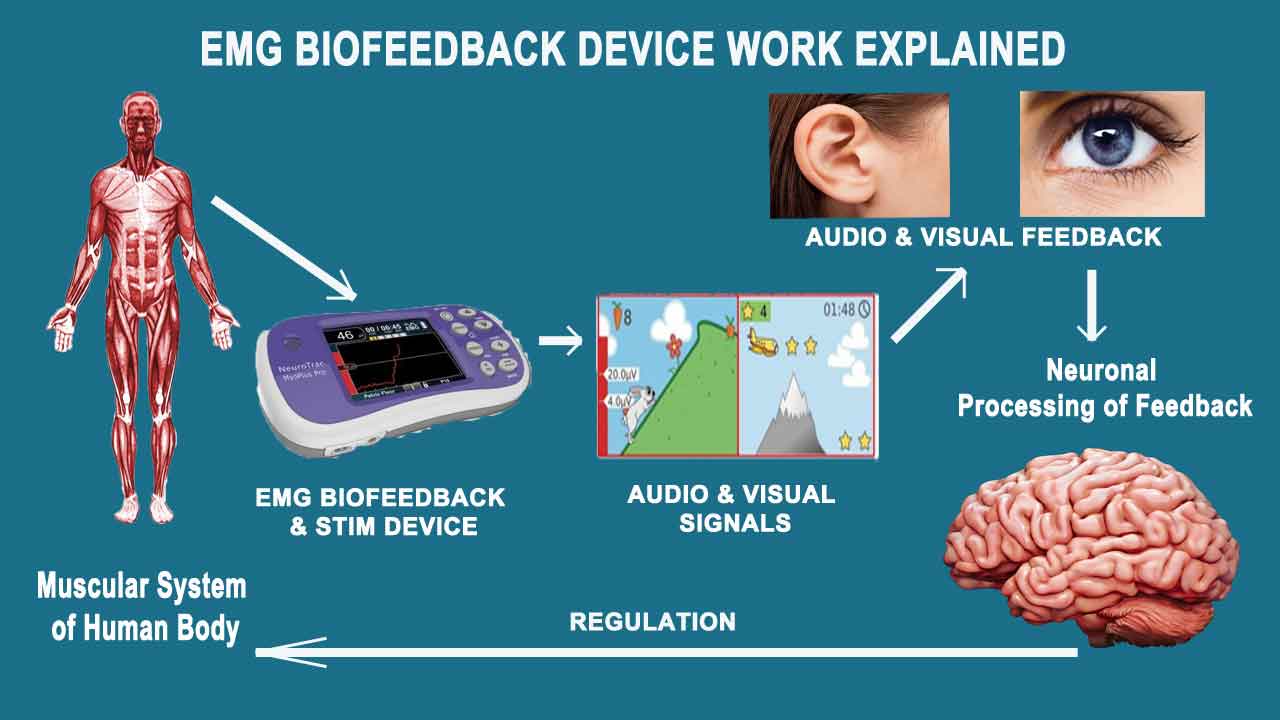Understanding the individual brain is a complex task, particularly when it comes to psychological health. Traditional methods of evaluation frequently rely on interviews and questionnaires, which can sometimes miss important aspects about how the brain functions. This is where quantitative electroencephalography, or qEEG, enters into the picture. qEEG is a specialized method that measures electrical activity in the brain. By analyzing these neural patterns, mental health experts can gain important understandings into a person's psychological condition, aiding to improve diagnosis and treatment.
qEEG functions by applying small sensors on the scalp to record neural signals. These sensors detect neural impulses produced by neurons, the units in the cerebrum that communicate with one another. The information collected is then analyzed and displayed as a series of waveforms. Each type of brainwave—such as alpha, β, δ, and theta—corresponds to different psychological states and functions. For instance, α waves are often linked with calmness, while beta oscillations are associated to engaged thinking and issue resolution. By analyzing these trends, clinicians can detect abnormalities that may indicate psychological health issues.

One of the significant advantages of qEEG is its capability to provide objective information. In contrast to traditional assessments that rely on personal accounts from patients, qEEG offers a clear view of neural function. This objectivity can assist minimize biases in diagnosis and result to more precise intervention plans. For instance, if a client is facing stress, qEEG can show specific patterns of brain function that are linked with anxiety conditions. This data enables mental health professionals to customize treatments more efficiently, whether it be through counseling, medication, or other approaches.
Additionally, qEEG can be particularly useful in monitoring treatment progress. By performing qEEG evaluations at various stages during treatment, healthcare providers can track variations in brain function over period. This continuous assessment assists ascertain whether a intervention is working or if adjustments are required. For instance, if a client is not reacting to a specific medication, qEEG may show that their brain activity has not altered in a manner that indicates progress. This response loop can lead to more personalized and efficient psychological health treatment.
In conclusion, qEEG cerebral mapping is a potent instrument in the domain of mental health assessment. By providing objective information about neural activity, it improves the understanding of different psychological health disorders. This method not only assists in precise assessment but also assists in tracking intervention success. As psychological health experts persist to explore the capabilities of qEEG, it holds potential for improving the lives check of individuals facing psychological health challenges. With continuous investigation and progress in techniques, the mysteries of the mind may become more apparent, resulting to better results for those in requirement of assistance.
Comments on “Unlocking the Secrets of the Mind Through Quantitative EEG Cerebral Mapping Techniques in Mental Health Evaluation”